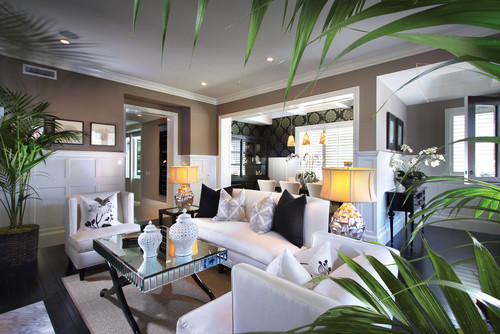Are you a bit hesitant to commit to a set color scheme for the design of your home? Or maybe you’re just not a fan of bold colors.
You’re not alone and, believe it or not, it’s not uncommon.
So, if you’re not willing to go forward with bright colors, but don’t want to put it in reverse toward bland design: just put it in neutral and coast into a well-designed space.
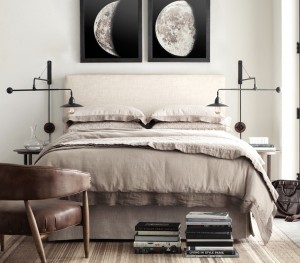
There are plenty of examples of exceptional spaces designed with neutral colors and we’re going to show you some below.
Along with these examples, we’ll cover the wide range of colors that fall under the “neutral” umbrella, the benefits of decorating with neutrals and how to decorate with them.
What Are Neutral Colors?
In basic terms, neutral colors are ones that tend not to attract attention on their own. Usually, they’re colors that aren’t found on the color wheel.
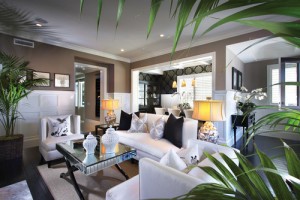
What typically comes to mind are light browns, tans, beiges, creams, greys, etc. Depending upon who you ask, black and white also make the list. Since they don’t attract the eye (in most cases), we’ll include them for now.
Designers like to think of neutral as meaning the absence of color. While the neutral colors we listed above can look like they don’t contain color, many of them have color undertones.
These color undertones can be used to coordinate and enhance other design elements you choose to incorporate into your rooms. We’ll get more into that below.
Benefits of Decorating with Neutral Colors
There are many benefits to using neutral colors throughout your home. Among them are the creation of a calm, soothing rooms and the development of canvases that are perfect for displaying a particular set of items.
Neutral color palettes are the stuff of dreams for interior designers, collectors and homeowners who have things they like to exhibit.
Consider working with a neutral color palette for your next redesign if you have art, photography or related objects you’d like to put on display. It even works well if what you’re most proud of is your child’s creations.
The reason they work so well is because the neutral colors aren’t competing with the wide range of colors and patterns that can exist with most display art.
If you’re not a designer or particularly skilled (or comfortable) with combining colors, it may be best to play it safe and stick with neutral colors.
Or maybe you absolutely love mixing colors together. If this is the case, consider neutral-colored elements as a bridge between sets of strong colors. They can help the eye transition seamlessly between the more striking aspects of your home’s design.
How to Decorate with Neutrals
Now that we’ve proven that neutral colors are anything but boring, let’s dive into some ways you can decorate with neutral colors.
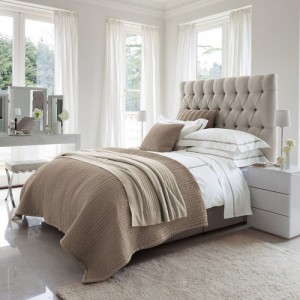
As you can tell by the photos, pops of color aren’t even necessary in order to have a well-designed space with neutral colors. If you’re not going to use bright colors as an accent, there are still ways you can get the most out of your neutral color palette.
Try incorporating textures into your furnishings and accent pieces in order to create depth in your design. Things like woven fabrics, distressed furniture and textured linens go a long way to enhance a room’s rich feeling.
Tufted items, like the pictured headboard, along with deep-stitching help to add visual interest to the space.
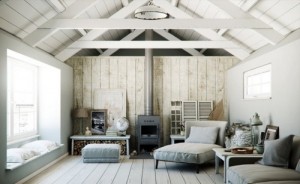
Hopefully, we’ve convinced you by now that neutral doesn’t have to mean boring. Neutral color schemes, when used properly, can create warm and inviting environments.
Feeling overpowered by bold designs is a common occurrence, but one you won’t have to worry about if you choose to keep it in neutral.

